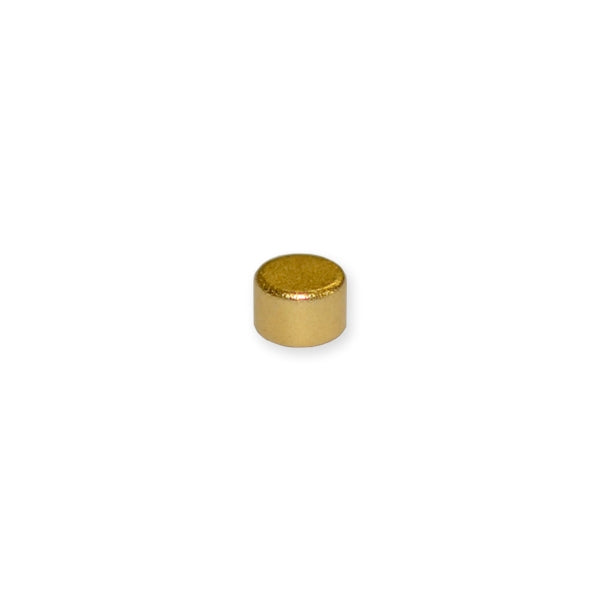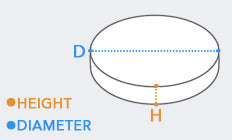Great for the intended task
I had to find a way of temporarily fixing a wood panel to a "cutaway" model of a type of machine, the wood panel had to be quickly removable and replaceable so screws were out. The micro magnets are perfect and do not intrude on the visual aspects of the wood but hold the panel in place firmly.














